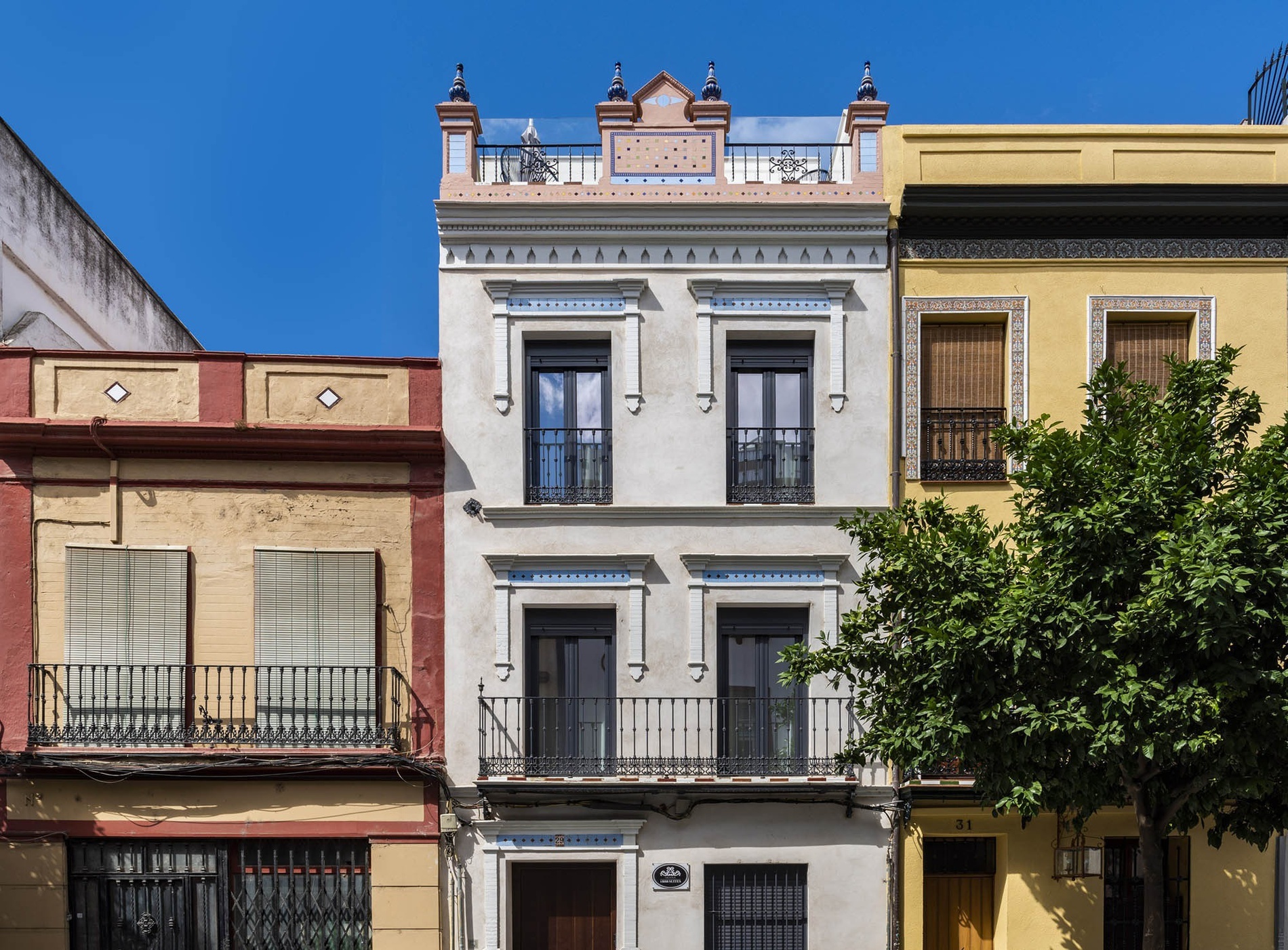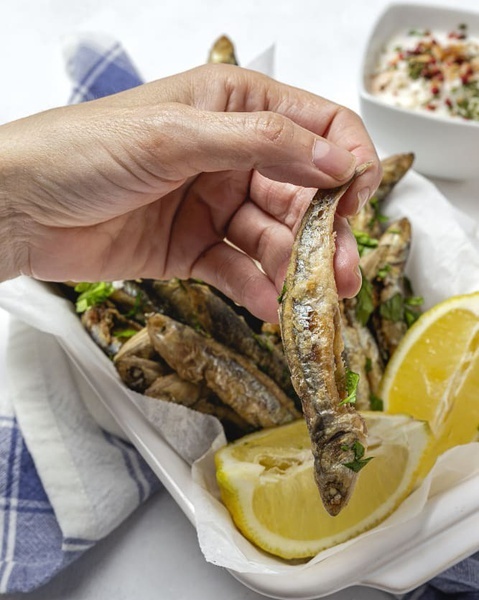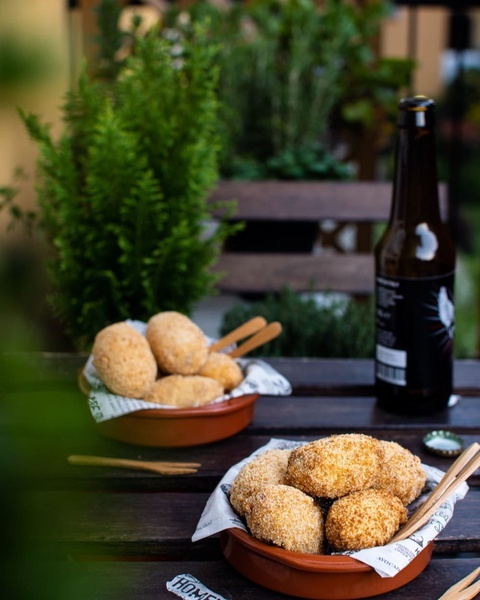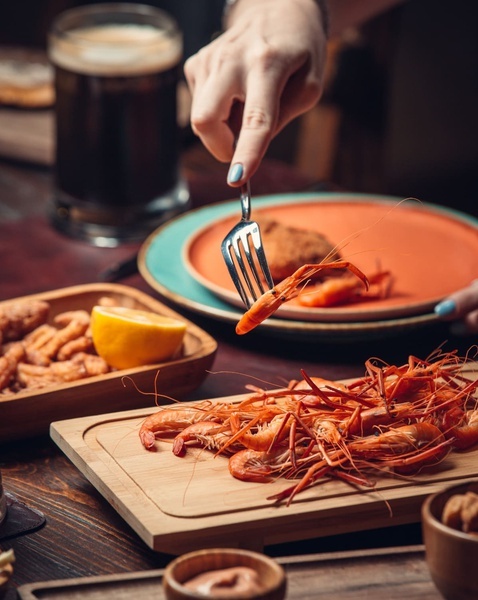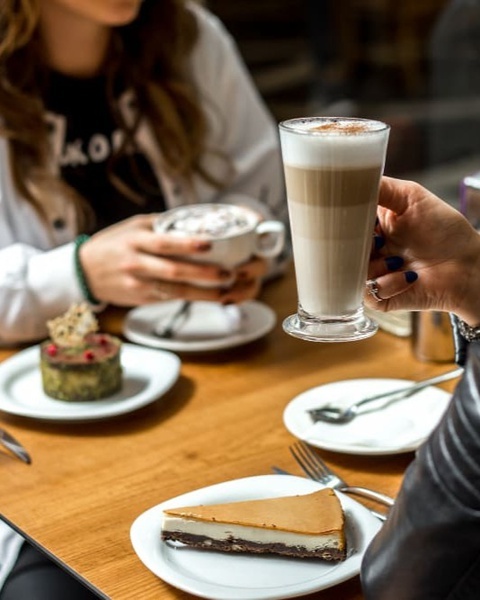Triana 1888 Suites, is located in one of the best-known neighborhoods of the city of Seville, the Barrio de Triana, located on the banks of the Guadalquivir River, linked to the Andalusian capital by the so famous Triana Bridge, one of the hallmarks from the neighborhood, called Puente de Isabel II or also known by the oldest Iron Bridge in Spain, which replaced the primitive Puente de Barcas and since 1976 has been declared a National Historic Monument.
At the end of the Triana Bridge, we enter the Plaza del Altozano, the reference center of the neighborhood, in which the architecture of the first quarter of the 20th century is reflected. Next to it is the Capilla del Carmen, the work of the famous architect Aníbal González from 1928, and the Mercado de Triana, on whose ground floor are the remains of the old Castillo de San Jorge, seat of the Inquisition since 1481.
From the Plaza the main historical streets of Triana open: Calle San Jorge, where the Museum of Ceramics is located, a former Santa Ana Ceramics factory whose origin dates back to 1870; Castilla Street, where the Church of Nuestra Señora de la O is located, a temple built between 1697 and 1702; Calle de San Jacinto, an old communication route with the Aljarafe and where the Church of San Jacinto is located, a former convent built in 1676 for the Dominican Order; Pureza Street with the Church of Santa Ana in the Gothic-Mudejar style of 1280, the oldest in Seville founded by order of King Alfonso X and the Capilla de los Marineros; Calle Betis, which preserves some of the docks from the 19th century, the footings, and in which the Casa de las Columnas is located, a building from 1780, was the old University of Mareantes, an institution in charge of the training of sailors for the crews that left for America during the sixteenth and seventeenth centuries.
In short, a neighborhood to walk around, to experience, to enjoy its history, its streets and its life: Triana.
At the end of the Triana Bridge, we enter the Plaza del Altozano, the reference center of the neighborhood, in which the architecture of the first quarter of the 20th century is reflected. Next to it is the Capilla del Carmen, the work of the famous architect Aníbal González from 1928, and the Mercado de Triana, on whose ground floor are the remains of the old Castillo de San Jorge, seat of the Inquisition since 1481.
From the Plaza the main historical streets of Triana open: Calle San Jorge, where the Museum of Ceramics is located, a former Santa Ana Ceramics factory whose origin dates back to 1870; Castilla Street, where the Church of Nuestra Señora de la O is located, a temple built between 1697 and 1702; Calle de San Jacinto, an old communication route with the Aljarafe and where the Church of San Jacinto is located, a former convent built in 1676 for the Dominican Order; Pureza Street with the Church of Santa Ana in the Gothic-Mudejar style of 1280, the oldest in Seville founded by order of King Alfonso X and the Capilla de los Marineros; Calle Betis, which preserves some of the docks from the 19th century, the footings, and in which the Casa de las Columnas is located, a building from 1780, was the old University of Mareantes, an institution in charge of the training of sailors for the crews that left for America during the sixteenth and seventeenth centuries.
In short, a neighborhood to walk around, to experience, to enjoy its history, its streets and its life: Triana.
